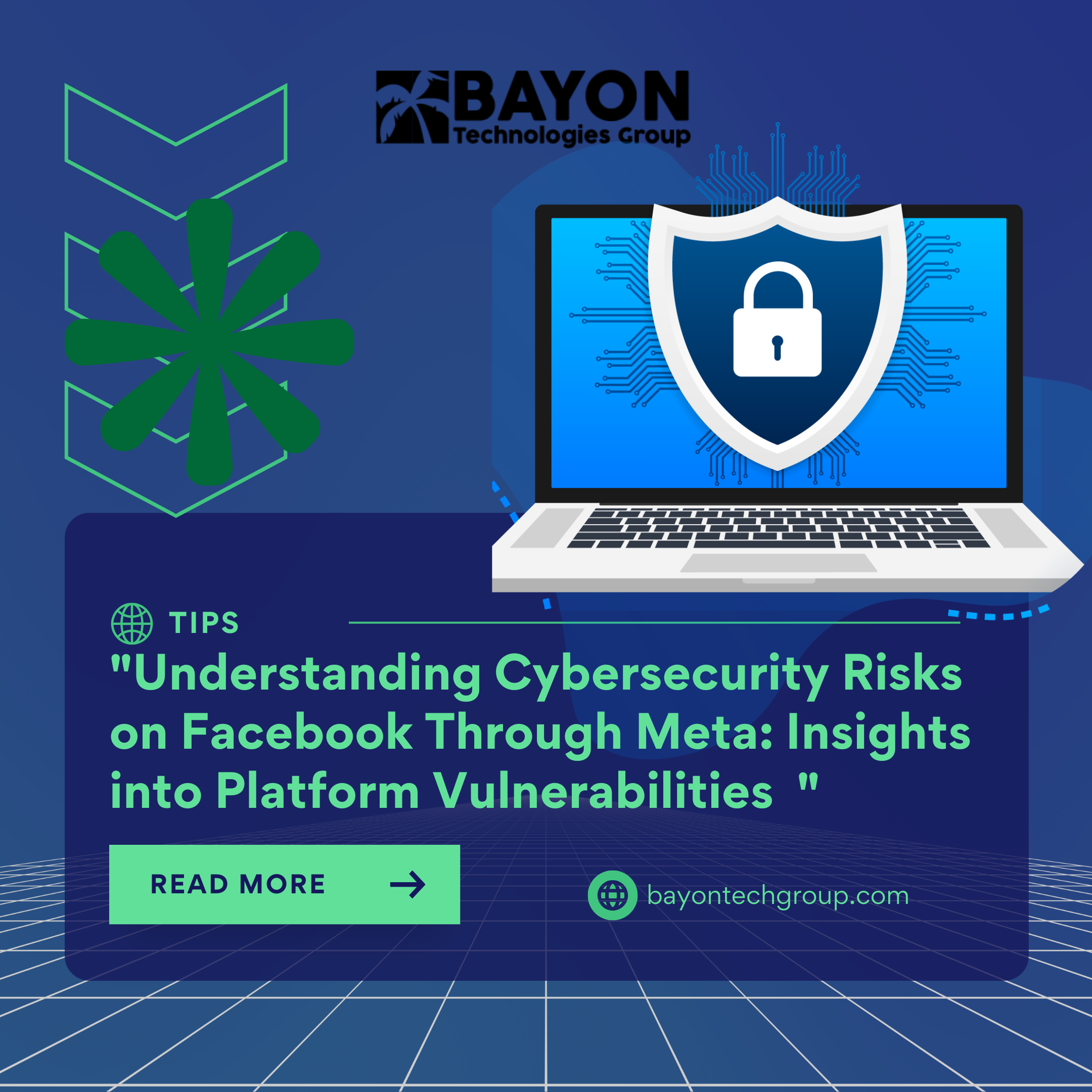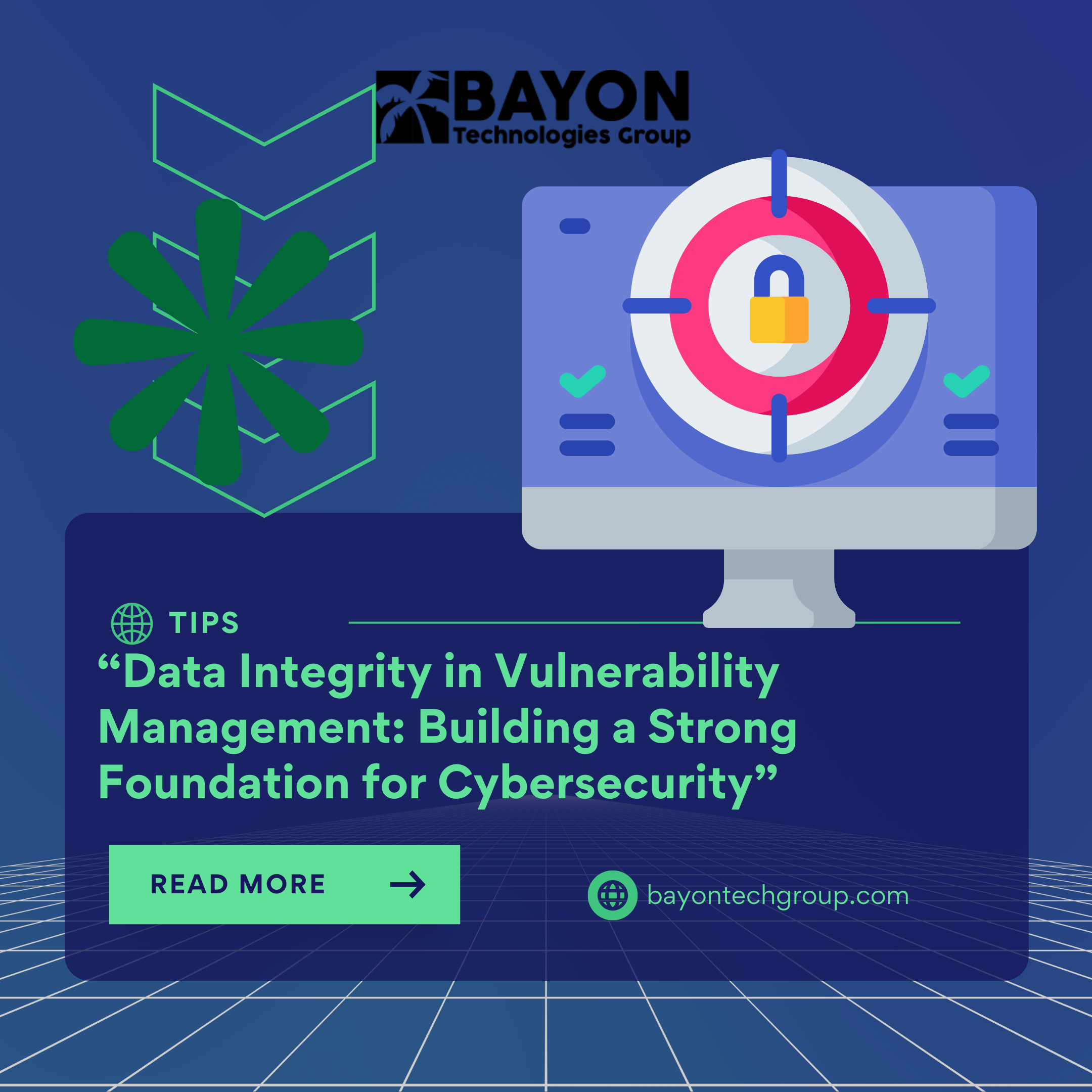Understanding Cybersecurity Risks on Facebook Through Meta: Insights into Platform Vulnerabilities

In recent years, the evolution of social media platforms has brought unprecedented connectivity and opportunities for businesses worldwide. However, alongside these advancements, there has been a parallel rise in cybersecurity threats, particularly targeting large-scale platforms like Facebook through its Meta incarnation. Understanding these risks and the operational dynamics of Meta is crucial for businesses aiming to safeguard their digital assets and user trust.
Facebook Security Challenges: Examining Vulnerabilities of the Social Media Giant
Facebook, now part of Meta, has faced numerous cybersecurity challenges over the years. Despite being one of the largest and most widely used platforms globally, it has been criticized and concerned about its security flaws. These vulnerabilities have allowed cybercriminals to exploit various loopholes to access personal data and manipulate user accounts.
Among the most prominent incidents are massive data breaches that have exposed sensitive information of millions of users, as well as vulnerabilities in its infrastructure that have facilitated phishing attacks and the spread of malicious content. Privacy policies and data management have also been areas of controversy, with criticisms of insufficient protection of users' personal information.
Facebook has continuously worked to strengthen its security and privacy measures, implementing new tools and policies to better protect its users. However, the scale and complexity of the platform also make it a constant target for hackers and other malicious actors in cyberspace.
To mitigate these risks, it is crucial for Facebook and Meta to continue investing in technological innovations and enhancing cybersecurity education among its users and employees. By proactively addressing these vulnerabilities, they can strengthen public trust and ensure a safer and more secure digital environment for all users of their platforms.
How Cyberattacks Are Conducted on Facebook Through Meta
Cybercriminals adeptly exploit the extensive user base and trusted brand reputation of Meta to orchestrate sophisticated cyberattacks. One prevalent method involves phishing campaigns where attackers masquerade as legitimate Facebook communications, sending deceptive emails to business accounts. These emails often convey urgent messages, such as impending account suspension or the need for immediate security reviews. By coercing recipients to click on embedded links, cybercriminals redirect them to counterfeit login pages meticulously designed to capture sensitive login credentials and personal information.
What is Meta on Facebook and How Does It Function?
Meta, originally known as Facebook, has transformed into a multifaceted technology conglomerate encompassing various social media platforms and innovative digital services. At its core, Meta facilitates global connectivity through platforms like Facebook, Instagram, WhatsApp, and Oculus, emphasizing interactive social networking, immersive virtual reality experiences, and targeted digital advertising.
Meta's infrastructure serves as a pivotal hub for billions of users worldwide, enabling seamless communication, content dissemination, and commercial transactions. The platform's expansive reach and functionality make it an attractive target for cybercriminals seeking to exploit user trust and gain unauthorized access to sensitive data.
Protecting Against Cybersecurity Threats: Best Practices for Businesses
In response to escalating cybersecurity risks on platforms like Meta, businesses can implement proactive measures to fortify their defenses:
- Comprehensive Employee Training: Educate employees about common cyber threats, emphasizing the importance of skepticism towards unsolicited communications and the verification of sender authenticity before responding or clicking on links.
- Advanced Security Solutions: Deploy multi-layered cybersecurity solutions tailored to mitigate evolving threats. These solutions may include robust firewall protection, intrusion detection systems (IDS), endpoint security, and encryption protocols to safeguard data integrity and confidentiality.
- Regular Security Audits and Updates: Conduct periodic security assessments to identify vulnerabilities within IT infrastructure and software applications. Promptly apply security patches and updates to mitigate potential exploits and ensure compliance with industry standards and regulatory requirements.
- Enhanced Incident Response Planning: Develop and regularly update incident response plans to expedite the detection, containment, and resolution of cybersecurity incidents. Establish clear protocols for reporting suspicious activities and collaborating with cybersecurity professionals to minimize operational disruptions and mitigate financial losses.
By integrating these proactive cybersecurity practices into their operational frameworks, businesses can enhance resilience against cyber threats targeting platforms like Meta. Moreover, fostering a culture of cybersecurity awareness and accountability among employees is essential for sustaining robust defenses and protecting organizational assets from malicious actors.
‹ Back







